WNDR Ephemera
WNDR Ephemera
Ephemera is an interactive art installation created as the centerpiece for the post-pandemic reopening of the Chicago WNDR Museum. Its design reflects on the fleeting nature of social media.
Your Interaction: Upon entering the exhibit, you are presented with a QR code. Scanning it with a mobile device prompts you to submit a self-portrait. Once submitted, your portrait appears in grayscale on the canvas. After a brief pause, the portrait dissolves into ash and pours out of the bottom of the canvas onto a pile below. As more people interact with the installation throughout the day, the pile grows.
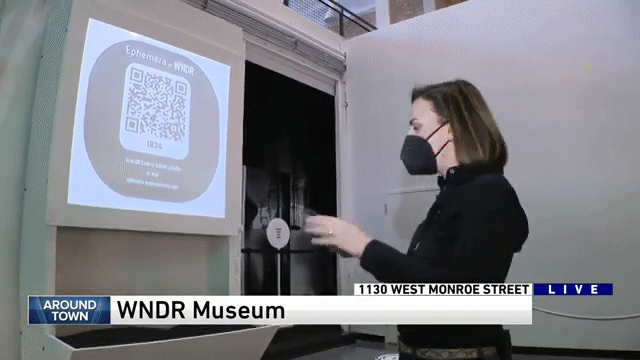
Why Ephemera Made the List: Ephemera stands out for me because I enjoyed every step of the creation process. Our team was a small group of close friends, each with different skill sets. We had all worked together on similar projects, and our collaboration was seamless. The museum owner provided examples of the type of experience they wanted and asked us to design something as close to that vision as possible.

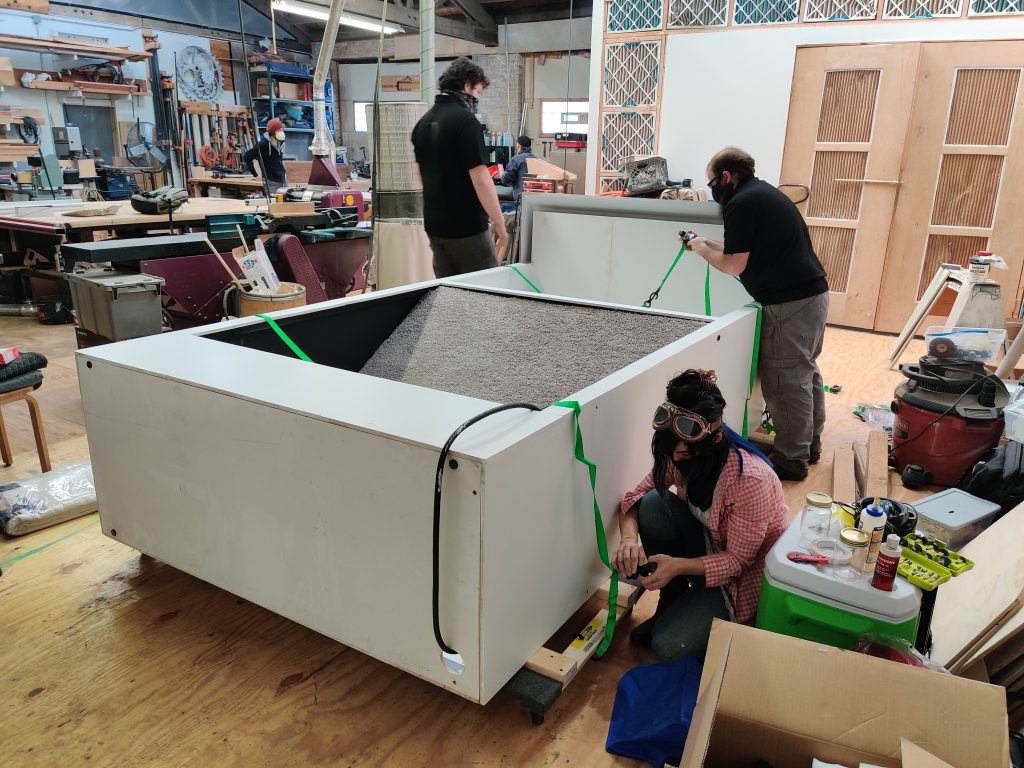
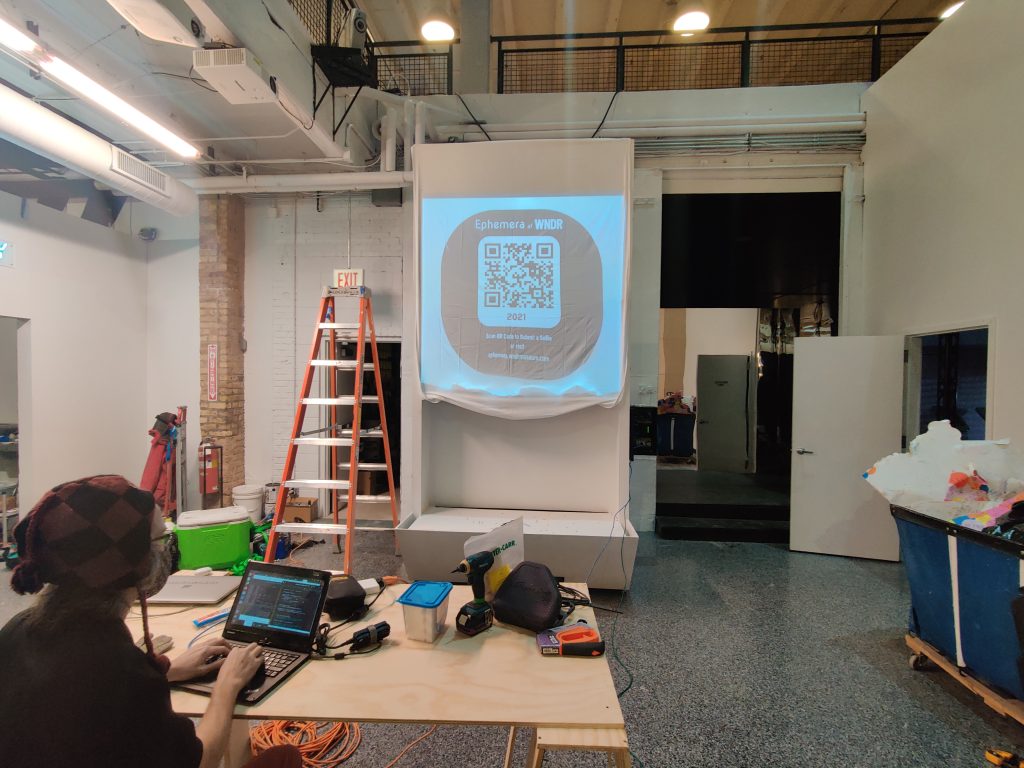
Challenges and Solutions: Bringing the art piece to life presented several challenges. The installation was large, and the amount of aggregate needed for a single portrait dissolve was substantial. It also had to be self-sufficient, including the automatic reloading of the aggregate into the portrait. In total, we used approximately 300 pounds of aggregate.
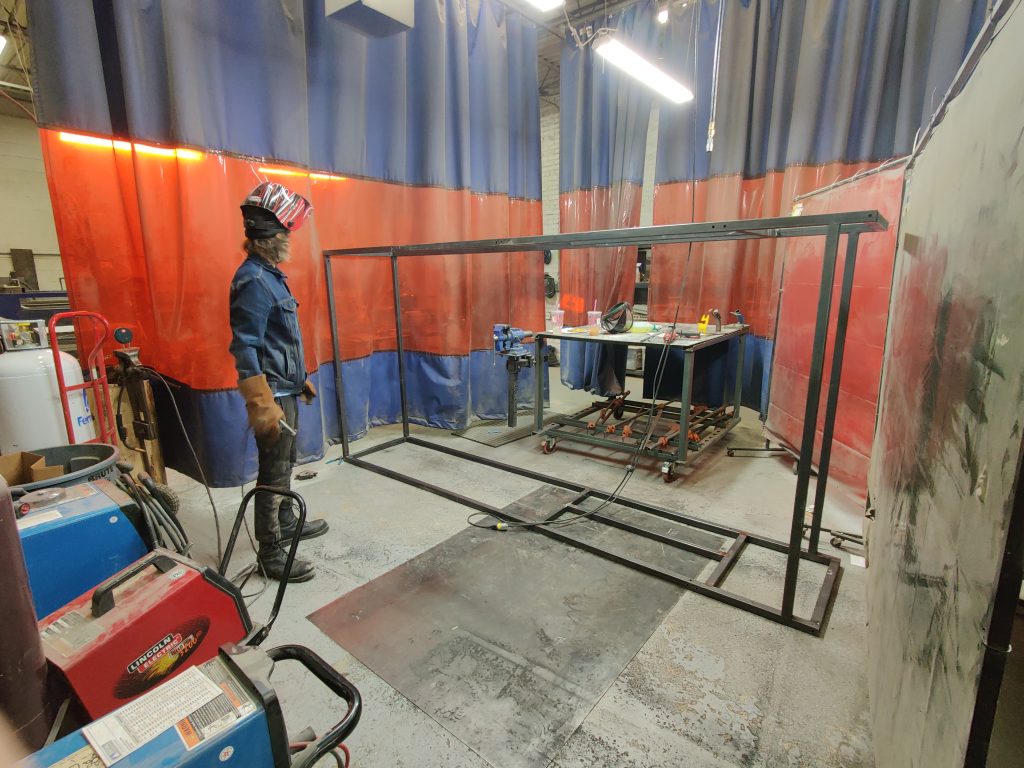
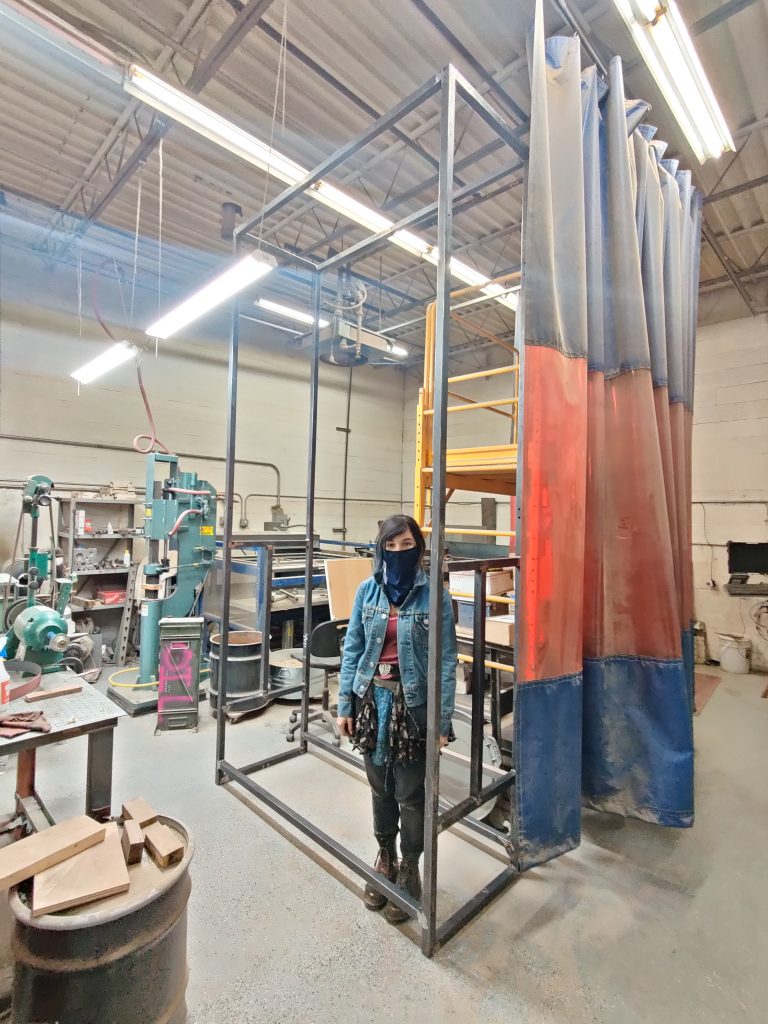
We tested various methods for moving the aggregate back into the portrait. My initial idea of using an auger was unsuccessful due to the incline being too steep for the screw to function properly within the project’s constraints. However, smaller augers were still used in other parts of the project. Another team member suggested creating a bucket conveyor system, which worked well for this purpose.
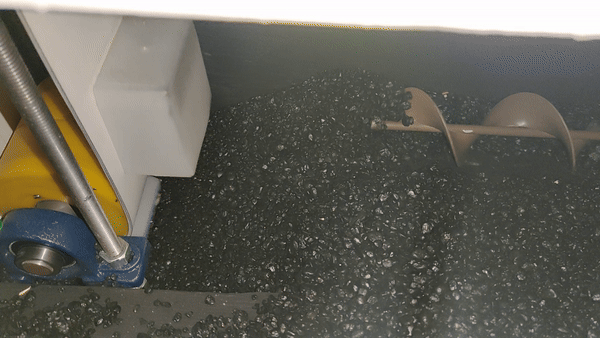
Time and People in the Installation: A key aspect of the installation was that the pile of ash would accumulate throughout the day, visually representing the passage of time and the number of people who interacted with it. This accumulation had to occur within the physical constraints of the installation, while remaining self-sufficient. To solve this, I applied the concept of an infinity pool. A floating table in the center of the installation allowed the aggregate to build up over time, while a significant portion of the aggregate flowed over the table’s edges. The overflow was funneled into a set of augers that directed it back to the bucket conveyor. This solution worked well and achieved the desired effect. We also implemented web controls for maintenance, allowing the aggregate to be completely reset each night for the next day’s interactions.
Electronic Systems: From an electronics perspective, the entire system was run from a reasonably powerful Intel NUC running Debian. I created a small internal network using an Edgerouter ER-X. The image on the canvas was displayed through back projection via an Epson short-throw projector. The projector, along with all other components, was connected to the network for remote control, allowing for easy startup, shutdown, and maintenance. Additionally, there was a line of twenty servo-actuated gates that regulated the speed at which the aggregate fell, syncing with the dissolving portrait.
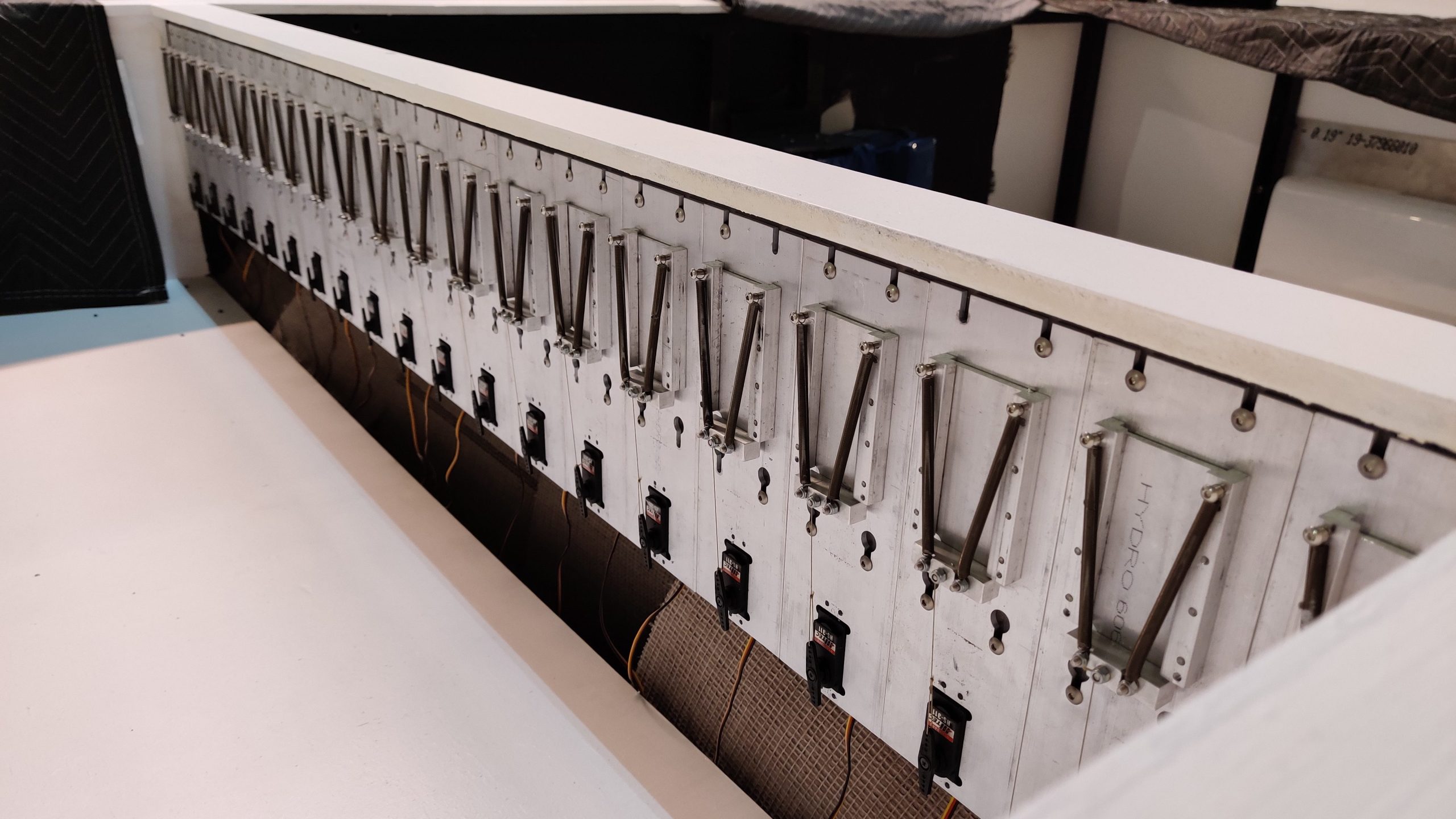
Final Thoughts: In all, this was a fun, small project to work on that served as a great team-building exercise for my friend group and provided an excellent opportunity for us to learn from each other. I would love to work on interactive art pieces like this in the future.